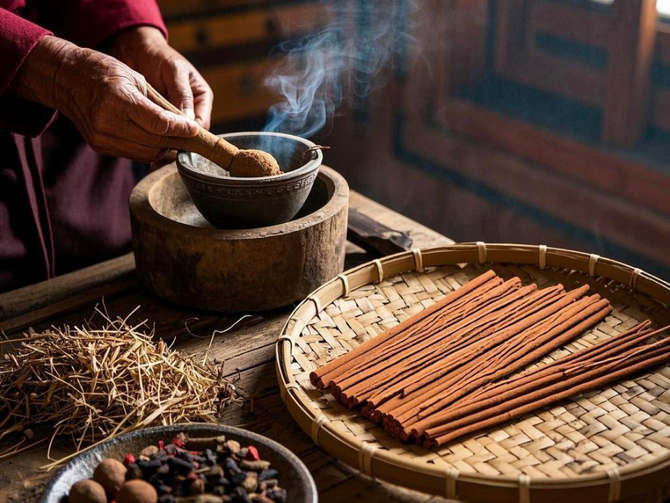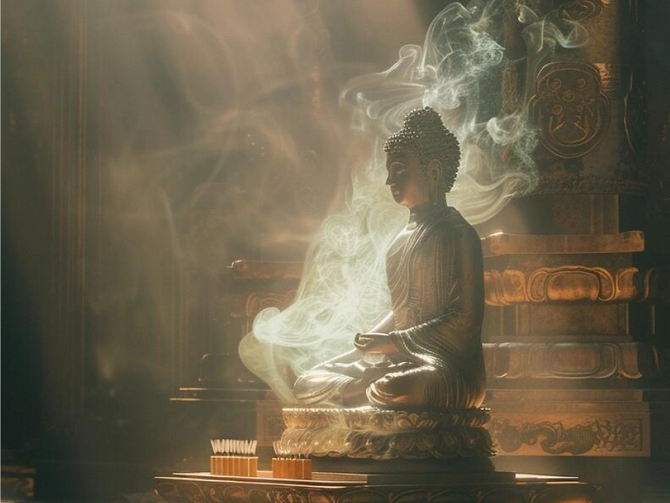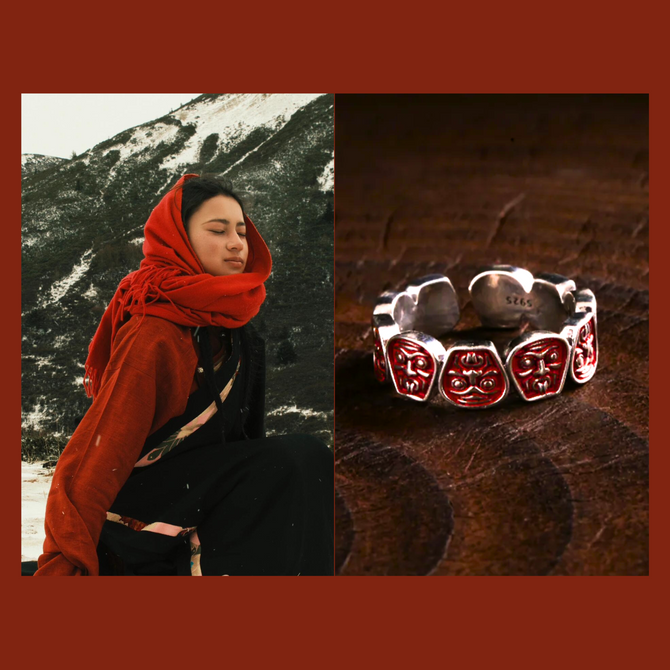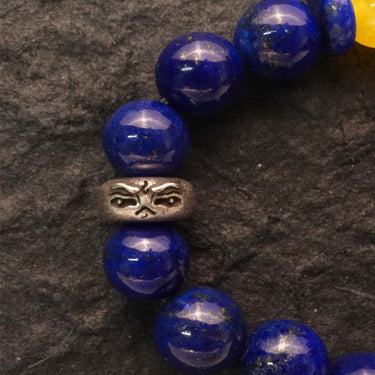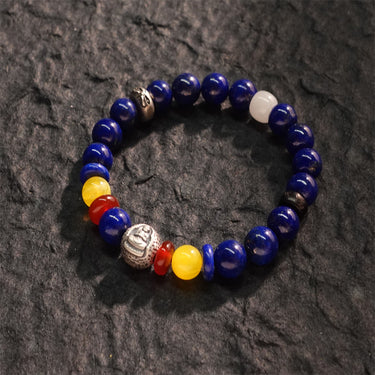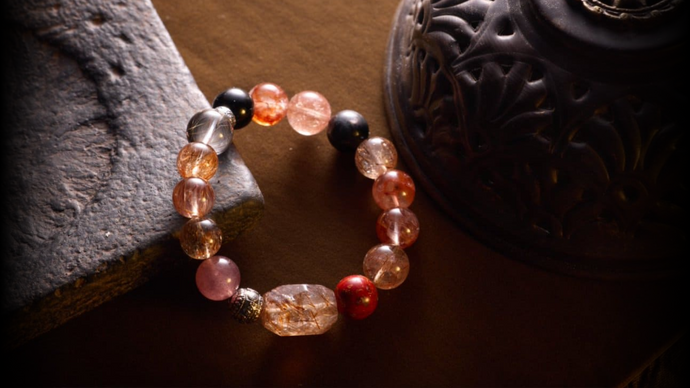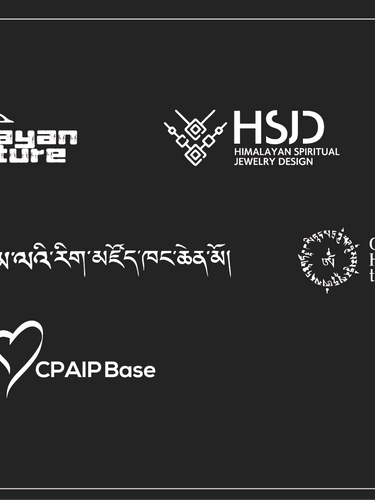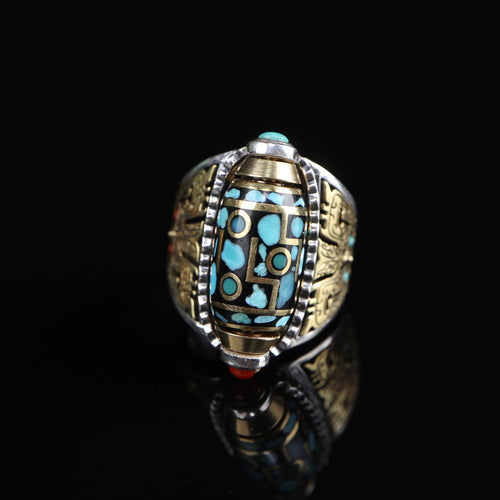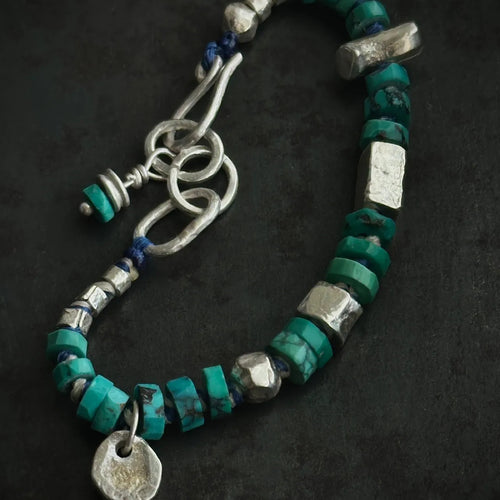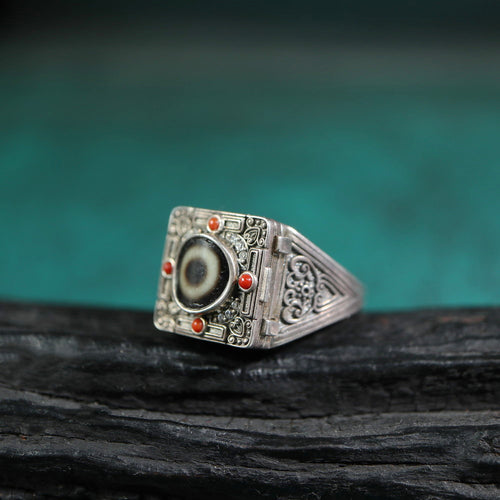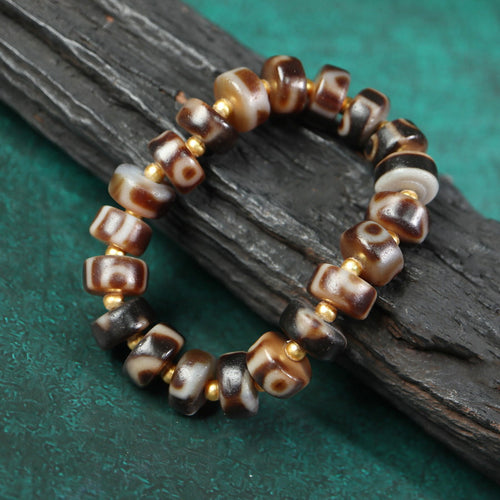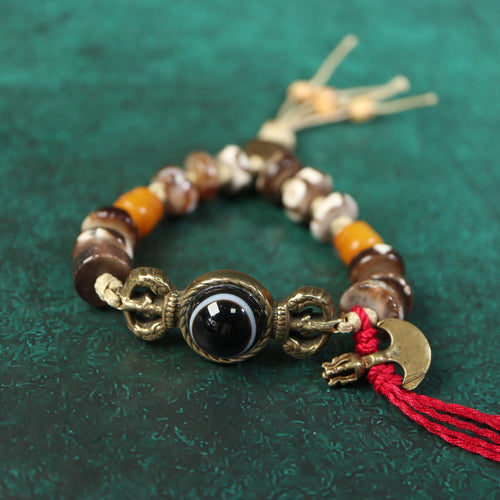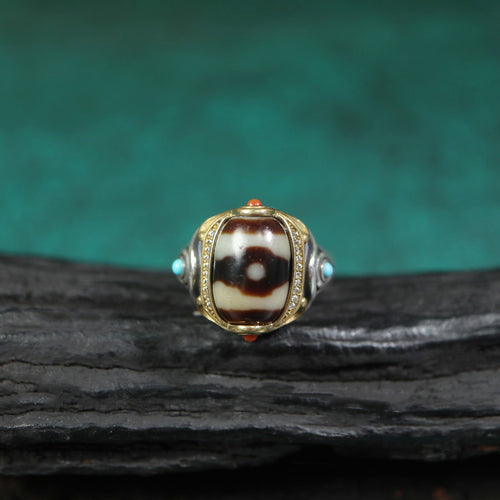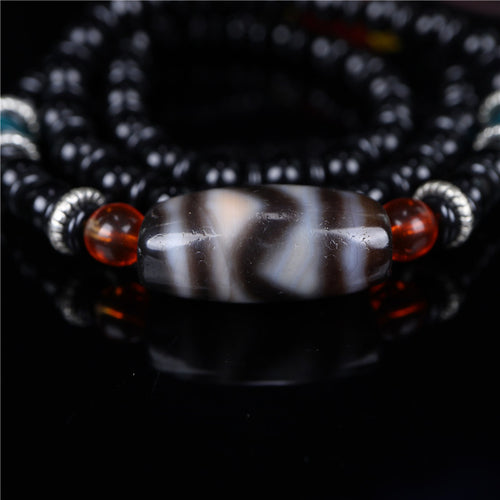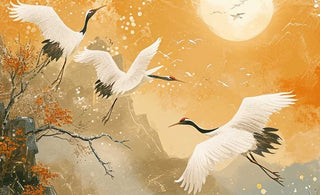
At Oriental Aesthetics, we pride ourselves on providing systematic, high-quality professional services for Oriental artists, collectors, and enthusiasts who appreciate and love classical Oriental art. Today, we delve into the captivating world of the crane, exploring its image and profound meaning in literature and folklore. Join us as we uncover the rich cultural significance of this majestic bird.
The Crane: A Symbol of Grace and Longevity
In Oriental art and culture, the crane holds a revered position as a symbol of grace, longevity, and wisdom. Its elegant appearance and dignified demeanor have captivated artists, writers, and storytellers for centuries. Often depicted with outstretched wings and slender bodies, cranes embody the essence of beauty and harmony.
The crane's image as a symbol of grace is derived from its majestic presence and fluid movements. With their long, slender necks and outstretched wings, cranes exude a sense of elegance and poise. They move with a graceful gait, stepping lightly and effortlessly, as if gliding through the air. The serene and unhurried manner in which cranes navigate their surroundings has made them a timeless representation of gracefulness.
Beyond their physical beauty, cranes are also associated with longevity and wisdom. In many Eastern cultures, the crane is believed to have a lifespan of a thousand years or more. This remarkable longevity has led to the crane being revered as a symbol of immortality and the pursuit of a long and fulfilling life. The crane's ability to survive and thrive for such an extended period serves as an inspiration for individuals seeking to attain wisdom, resilience, and a deep connection with the natural world.
The crane's symbolism of longevity and wisdom is deeply rooted in various cultural and philosophical traditions. In Chinese mythology, cranes are often associated with Daoist beliefs and the concept of immortality. They are believed to inhabit the mythical islands of the immortals, serving as messengers between the mortal world and the divine realm. The graceful flight of the crane across the heavens represents the transcendence of earthly limitations and the pursuit of spiritual enlightenment.
In Japanese culture, the crane's association with longevity and wisdom is celebrated through the art of origami. Folding 1,000 origami cranes, known as senbazuru, is considered a symbol of good fortune, healing, and a wish for a long and prosperous life. This ancient tradition has become a significant part of celebratory occasions, such as weddings, births, and New Year celebrations, reflecting the enduring belief in the crane's symbolic power.
The Crane in Literature
Literature has been a powerful medium for exploring the symbolism of the crane. In Chinese poetry, the crane frequently appears as a metaphor for longevity and the pursuit of transcendence. Poets often use vivid imagery to describe the bird's graceful flight across the sky or its serene presence in nature. The crane becomes a spiritual guide, encouraging individuals to embrace the virtues of patience, wisdom, and inner peace.
In Japanese literature, the crane takes on a different role. The popular folktale of "The Crane Wife" tells the story of a magical crane who transforms into a beautiful woman to help a poor man. Through her selflessness and devotion, she brings prosperity and happiness to his life. This tale highlights the crane's association with kindness, benevolence, and the rewards of compassion.
The Crane in Folklore and Mythology
Beyond literature, the crane holds a significant place in folklore and mythology across various cultures. In Chinese folklore, cranes are believed to possess mystical powers and are associated with immortality. They are often depicted as messengers of the heavens, delivering messages between the mortal realm and the divine.
In Japanese folklore, the crane is considered a sacred creature and is believed to live for a thousand years. It is said that by folding 1,000 origami cranes, one can make a wish come true. This tradition, known as senbazuru, has become a symbol of hope, healing, and peace.
Cranes in Eastern Art
The image of cranes has been immortalized in Oriental art, showcasing their beauty and profound symbolic significance. In traditional Chinese paintings, cranes hold a prominent place, depicted with meticulous brushwork and precision. The artists skillfully use ink and brush to capture the essence of these majestic birds, emphasizing their elegance, grace, and ethereal presence.
Chinese crane paintings often feature the birds in their natural habitats, such as serene landscapes or tranquil marshes. The artists pay meticulous attention to detail, portraying the cranes with long, slender bodies, slender necks, and outstretched wings. Every brushstroke is deliberate, capturing the flowing lines and intricate plumage of these magnificent creatures. The use of varying brush techniques, such as the "flying white" stroke, adds depth and dimension to the paintings, creating a sense of movement and vitality.
Japanese art also celebrates the beauty and symbolism of cranes. Woodblock prints, known as ukiyo-e, frequently depict cranes in various settings, including landscapes, gardens, and traditional ceremonies. Renowned artists like Hokusai and Hiroshige have masterfully captured the grace and elegance of cranes in their iconic works. The intricate details and vibrant colors of these prints bring the cranes to life, evoking a sense of awe and reverence.
In addition to paintings and prints, cranes are also a popular motif in Oriental ceramics and sculptures. Delicate porcelain vases and bowls often feature intricate crane designs, showcasing the artisans' skill in capturing the essence of these birds through meticulous craftsmanship. Sculptures carved from jade or bronze depict cranes with intricate detailing, reflecting their significance as symbols of longevity, wisdom, and transcendence.
The presence of crane imagery in Eastern art serves as a powerful reminder of the deep-rooted cultural significance attached to these magnificent birds. The artists and craftsmen of Oriental Aesthetics understand the importance of preserving and promoting this cultural heritage. Through our services, we connect artists, collectors, and enthusiasts with exceptional pieces of Oriental art that celebrate the beauty and symbolism of cranes. Whether it's a brush painting, a woodblock print, or a ceramic masterpiece, each artwork tells a story and invites viewers to appreciate the timeless allure of cranes in Eastern art.
In conclusion, cranes hold a significant place in Oriental art, with their depictions showcasing their beauty and profound symbolism. From Chinese brush paintings to Japanese woodblock prints and intricate ceramics, the image of cranes has been immortalized by skilled artists throughout the centuries. These artworks capture the elegance, grace, and spiritual significance associated with cranes, inviting us to delve into the rich cultural heritage of the East.
Conclusion
In conclusion, the image and meaning of the crane in literature and folklore are deeply rooted in the cultural fabric of Oriental art. At Oriental Aesthetics, we strive to foster a deeper understanding and appreciation for the rich symbolism and artistic representation of this magnificent bird. Through our services, we aim to connect artists, collectors, and enthusiasts with the world of classical Oriental art, allowing them to explore the profound beauty and cultural significance embodied by the crane.
Oriental Aesthetics is committed to providing a comprehensive platform that supports the growth and preservation of Oriental art. Our team of experts is dedicated to assisting artists in showcasing their talents, connecting collectors with masterpieces, and fostering a community of passionate individuals who cherish the timeless beauty of Oriental art. With our professional services, we aim to elevate the understanding and appreciation of Oriental aesthetics worldwide.


